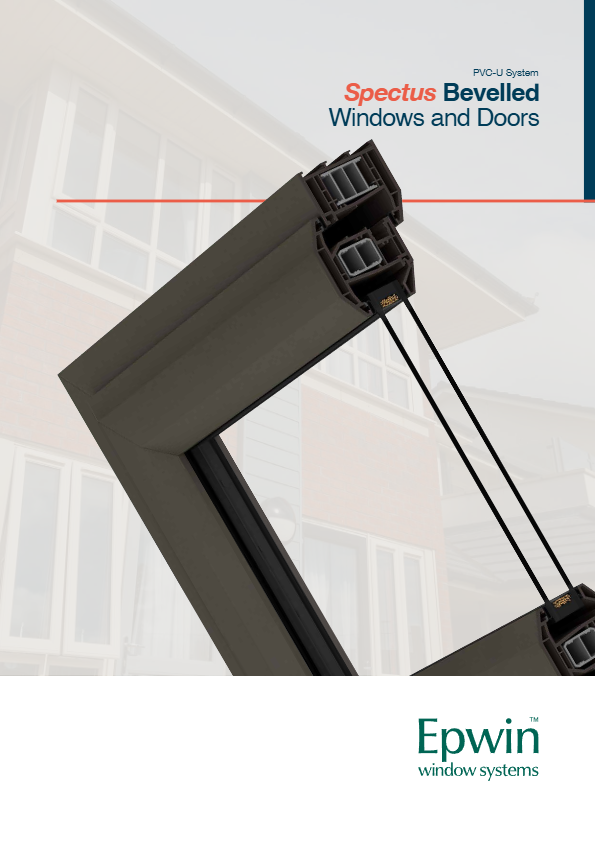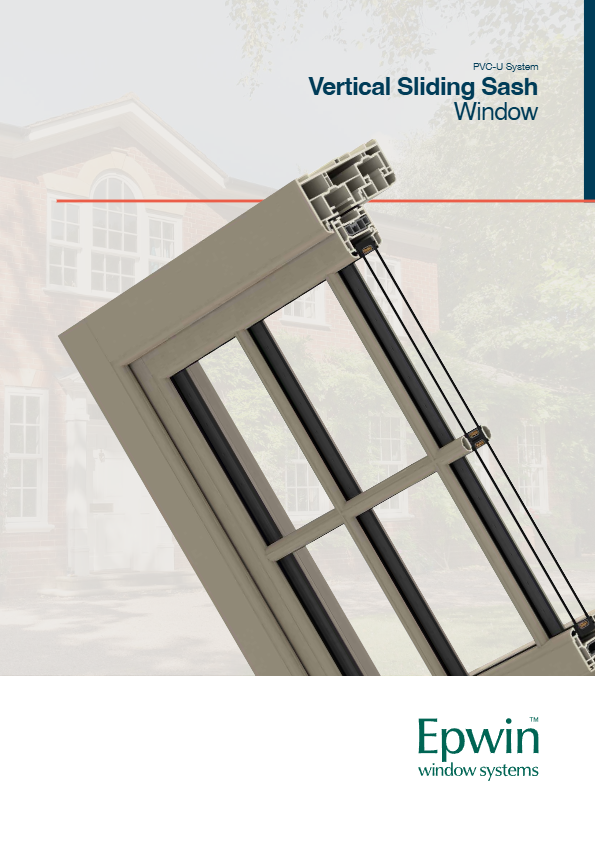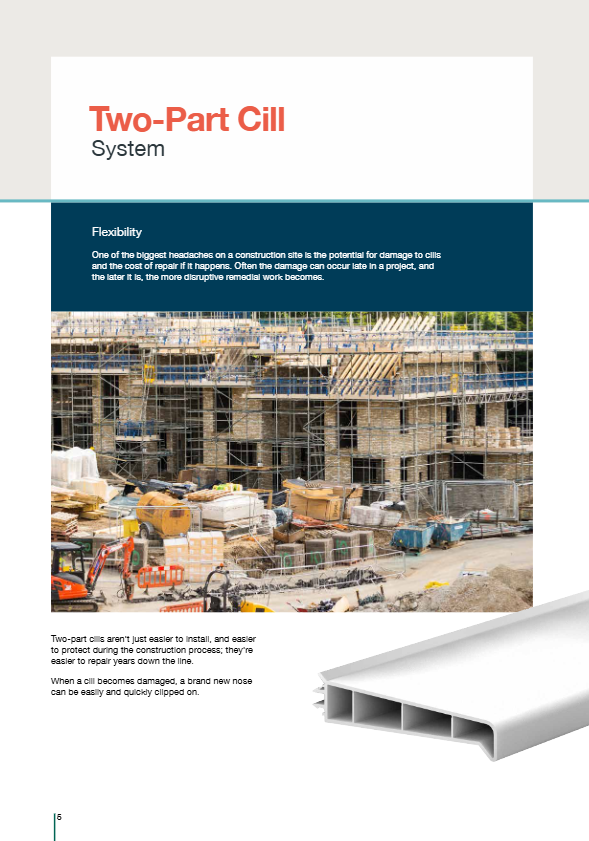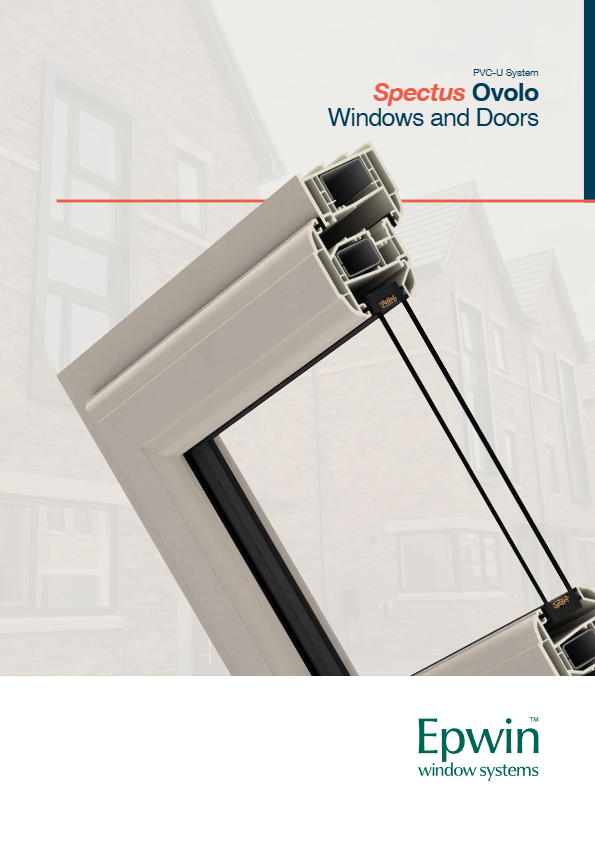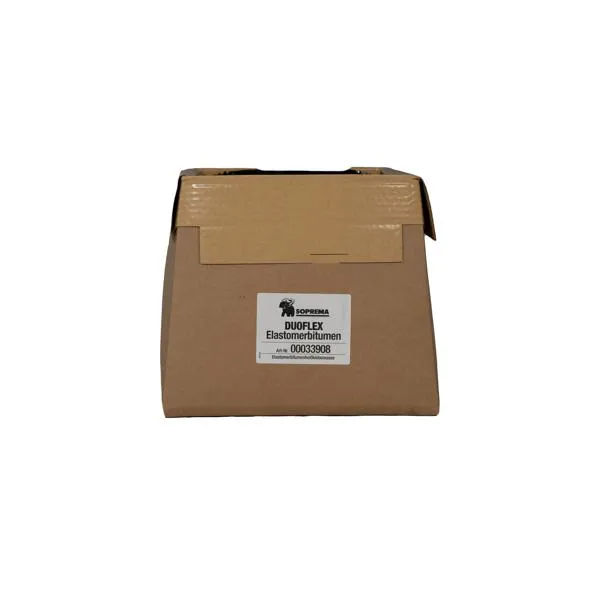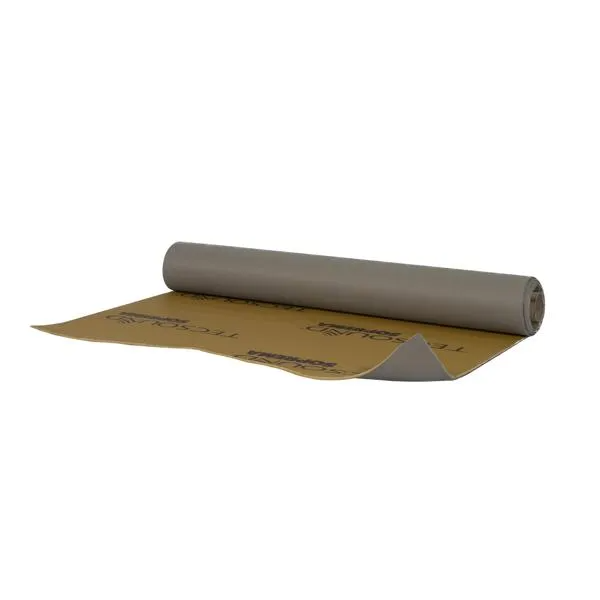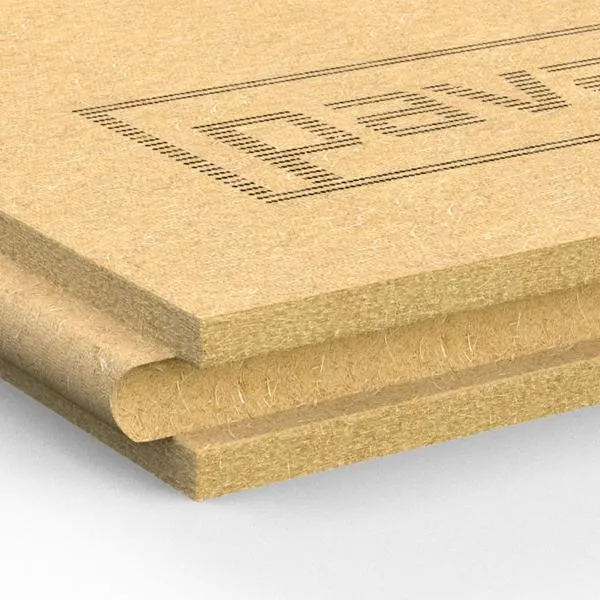
A former teacher of English, a would-be site carpenter and a retired British Antarctic Survey research scientist; what do these people have in common?
Firstly they all have the good fortune to live in an area of the UK whose district council is not only committed to sustainable energy but actively putting resources at the disposal of its parishioners to achieve it.
Secondly, they have all become proficient in FLIR thermal imaging, helping themselves and others to spot and stop energy loss.
The establishment of a Sustainable Parish Energy Partnership (SPEP) was the catalyst for this outcome. It is a joint programme between the South Cambridgeshire District Council and the communities it serves to encourage low carbon and sustainable living. Currently 27 South Cambridgeshire villages are part of the SPEP and momentum is sustained through newsletters, web presence, projects and workshops to raise awareness.
One initiative that has proved particularly effective involves a FLIR E40bx thermal imaging camera to help householders ‘see’ the heat leaking from their homes and community buildings.
In deciding which thermal imaging camera would best suit its purpose, SPEP put ease of use at the top of its specification list. The model chosen had to be suitable for every level of ability, from those with knowledge of thermal imaging through to complete novices. For this reason the control panel needed to be as intuitive as possible. Good image resolution to obtain meaningful data was also vital.
The FLIR E40bx met all these criteria and is one of FLIR Systems’ thermal imaging cameras that are optimised for energy loss applications. Although many of its standard features are not yet being used by the South Cambridgeshire communities they will allow individuals to expand their skills in line with experience.
The FLIR E40bx is available to all parishes in the SPEP and is requisitioned when sufficient interest has been canvassed to merit the organisation of a workshop and training session. The parish then has the use of the FLIR camera for a week.
Typically a survey, conducted by a nominated thermographer or an individual householder, will take an hour. A priority application is the comparison of internal and external walls to check the efficiency of cavity wall installation. The technology is also ideal for spotting gaps in loft insulation; loft hatches are commonly overlooked in this regard. Another important illustration that the FLIR camera can provide is the positive effect on energy conservation of double glazing and the simple measure of drawing the curtains.
The Cambridge village of Hardwick was fortunate to have a sustainable energy champion as a resident with good knowledge of thermal imaging. In his working life Roger Worland was a research scientist with the British Antarctic Survey. He used the technology to study living organisms in cold climates and was therefore able to bring a good knowledge of the physics involved to the home surveys he undertook for his fellow villagers.
“Most people who requested a survey were interested in their cavity wall and loft insulation,” he explained. “In my own home I inspected areas which are prone to damp and I also checked the insulation. As a result I have put more insulation in my loft, making the house appreciably warmer.”
During another thermal survey the FLIR camera provided Roger Worland with clear visual evidence of a water leak in the householder’s loft. In this case the wet area showed up as cold spot rather than a hot spot.
He continued: “I found the FLIR E40bx easy to use and understand. In fact most people I visited wanted to take the camera around their homes themselves, with my supervision. They recorded images which we either downloaded at the end of the session or I saved onto disk for them.”
Thanks to his good connections with the village school, Roger Worland was also able to demonstrate the FLIR camera to the Ethics Group.
“The pupils were very interested in the camera and found several problems in the school, the main one being the windows which were all single glazed. They also discovered a missing loft hatch making the room very cold,” he added.
At their own admission ex-teacher Christine Bromwich and apprentice carpenter Shane Holland were thermal imaging novices but they embraced the technology with the aim of raising consciousness of energy issues. And one of the first projects they undertook was an inspection of Girton Baptist Church before and after insulation and refurbishment to measure the improvement and justify the funds.
Following training, they too organised energy conservation workshops through their local ‘green’ voluntary group to demonstrate the importance of efficient insulation. This led to a programme of household surveys, providing evidence of both structural and insulation faults.
Christine Bromwich added: “Most people acted on our findings and some went on to get a full Green Heat Assessment to complement our amateur efforts. The level of complacency about our carbon footprint means we all have to push as hard as we can. There’s a lot more to do!”
The main aims during the first year of the project have been to engage with South Cambridgeshire residents on wasted energy, make energy loss visible and encourage people to give appropriate home improvements greater priority. Although the thermal imaging project is still in its infancy, interest is growing fast. The FLIR camera is now in constant demand, not just amongst householders, but also by schools who are keen to demonstrate the importance of energy conservation to the next generation.
“The FLIR camera provides great visual evidence, people are fascinated by it and love its technical capability.” concluded Siobhan Mellon, Parish Energy Project Officer with the South Cambridgeshire District Council. “Thermal imaging is a fantastic engagement tool and has instant appeal. And in line with the Green Deal home improvement scheme, it is helping to raise the subject of what can be done in the home in a non-threatening way.”











